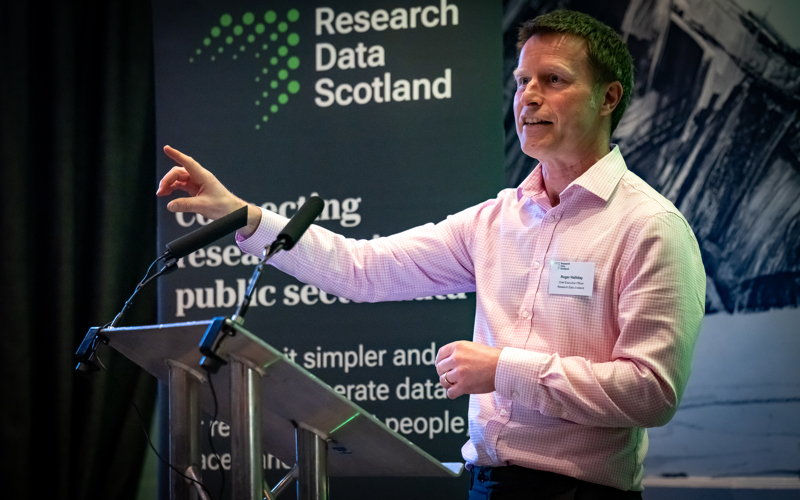How to apply?
The first step is looking in our data catalogue to see whether this data can support your research. Here you can find up-to-date information about these datasets like the variables included and date ranges available. Very shortly there will be synthetic versions of datasets available from our data catalogue. These are instantly downloadable and help you to better understand what the data contains and allows you to develop code whilst you are applying for the actual data.
If this data is what you need then familiarise yourself with the process for getting hold of this data on our website and complete an enquiry form.
Projects deemed suitable for this new pathway will no longer need to be considered by a Public Benefit and Privacy Panel (PBPP). Instead, projects will follow a risk-based triage process guided by the Five Safes framework.
Researchers will also select the datasets they require to help Public Health Scotland’s Electronic Data Research and Innovation Service (eDRIS) determine whether their project is in scope for the Researcher Access Service.
Given that you’d be working with sensitive data, if you wish to access data within Scotland’s National Safe Haven, you will need to complete appropriate training, such as the ONS Safe Researcher training course. During the enquiry stage, researchers must specify their institutional affiliation to ensure that only researchers from approved organisations can apply for data access.
You’ll be given support throughout the application process, and the data will be made available through the super secure National Safe Haven — you will need to specify how you (and any collaborating researchers) plan to access the data.
While researchers are not charged for access to data in Scotland, there are costs for the services to support researchers through the access process, including information governance and data linkage. Researchers can request cost estimates from the Researcher Access Service support team to support funding applications to cover data linkage and support.



